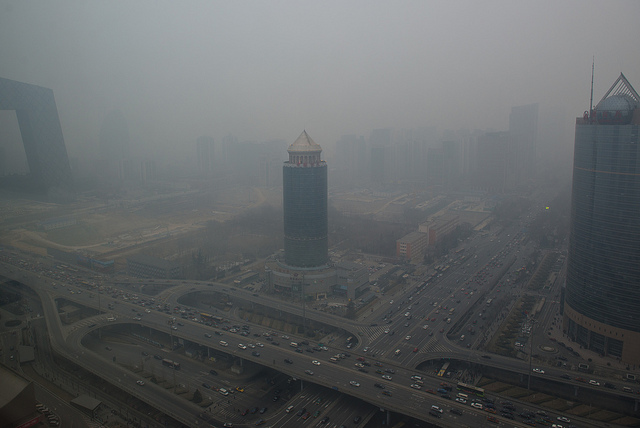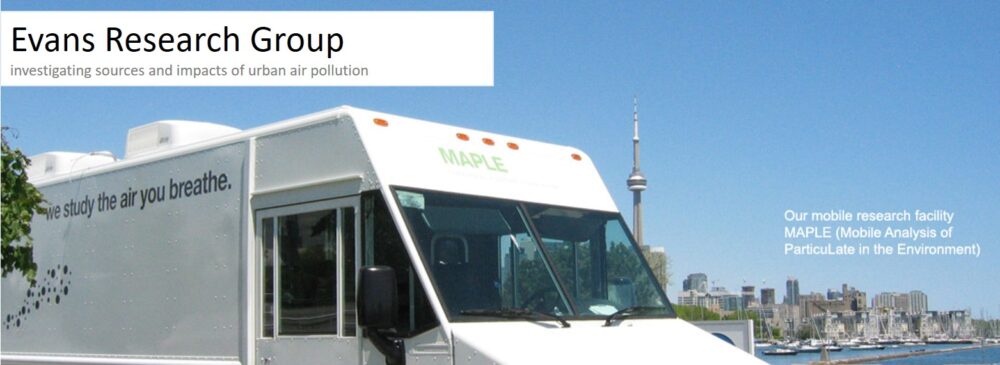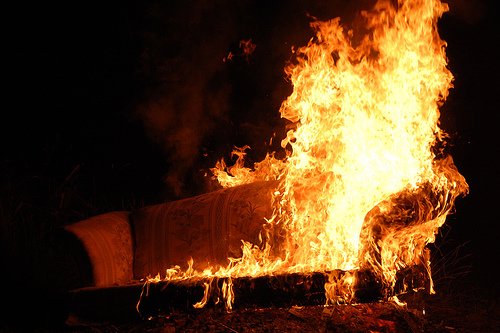
Beijing as seen through the recent smog episode. (Photo credit Flickr user: Infinite Jeff)
The severe air pollution in China’s capital, Beijing, has made the news around the world these past two months, with many wondering what was causing the smog. Professor Tong Zhu, of Peking University’s College of Environmental Sciences and Engineering in Beijing, delivered a special SOCAAR Seminar addressing the recent air pollution episode. He also highlighted steps that could be taken to improve the air quality in Beijing and the surrounding North China Plain. Continue reading


